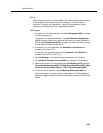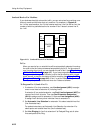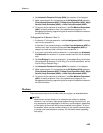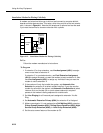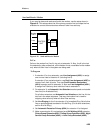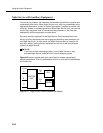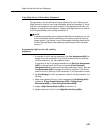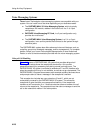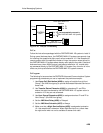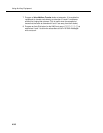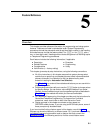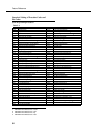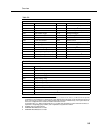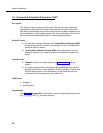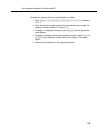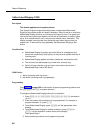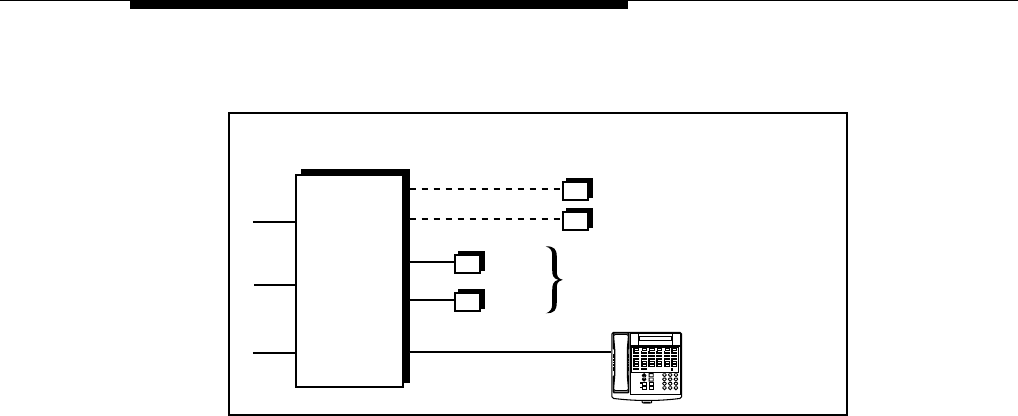
Voice Messaging Systems
4-29
To Use
Follow the instructions packaged with the PARTNER MAIL VS system to install it.
During normal business hours, the PARTNER MAIL VS system uses generic rings
for handling; the receptionist picks up all calls at extension 10. If the receptionist
cannot answer within the specified number of rings, the system routes the call to
the PARTNER MAIL VS system where the day menu plays to the caller. Outside of
business hours (when Night Service is activated at extension 10), outside calls
are answered directly by the PARTNER MAIL VS system. Any user who is in the
office can pick up calls before the PARTNER MAIL VS system answers.
To Program
The following list summarizes the PARTNER Advanced Communications System
programming procedures you use to implement the previous example:
1. Use Group Call Distribution (#206) to assign all outside lines to Hunt
Group 7 (the VMS hunt group) to provide Automated Attendant Service on
these lines.
2. Use Transfer Return Extension (#306) for extensions Z1 and Z2 to
ensure that calls transferred by the PARTNER MAIL VS system return to
extension 10 if they are not answered.
3. Use Hunt Group Extensions (#505) to assign extensions Z1 and Z2 to
Hunt Group 7 (the VMS hunt group).
4. Set the VMS Hunt Delay (#506) to Delayed.
5. Set the VMS Hunt Schedule (#507) to Always.
6. Make sure that a Night Service Button (#503) is assigned at extension
10—the receptionist’s extension. When Night Service is on, callers hear
the night menu when no one is available to answer their calls.
Figure 4-14. Delayed Call Handling
CONTROL
UNIT
Lines
PARTNER MAIL VS
System
Ext. X
Ext. Y
Ext. Z1
Ext. Z2
(not automatically covered by
the PARTNER MAIL VS System)
Ext. 10
Receptionist’s Desk
Feature
Intercom
ABC
2
DEF
31
+
–
Conf
JKL
5
MNO
6
TUV
8
WXYZ
9
Mic
HFAI
Hold
0
GHI
4
PQRS
7
*
#
Spkr
Intercom
Ext.
Transfr
Message



